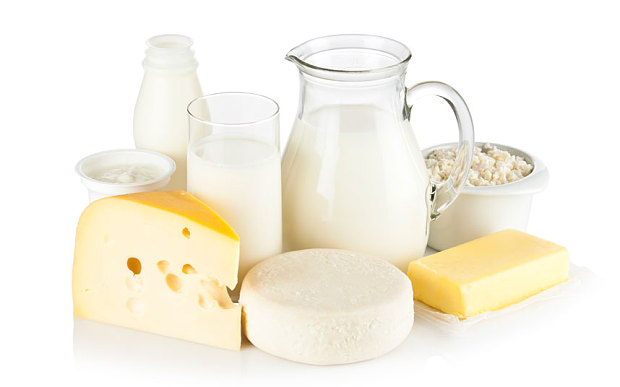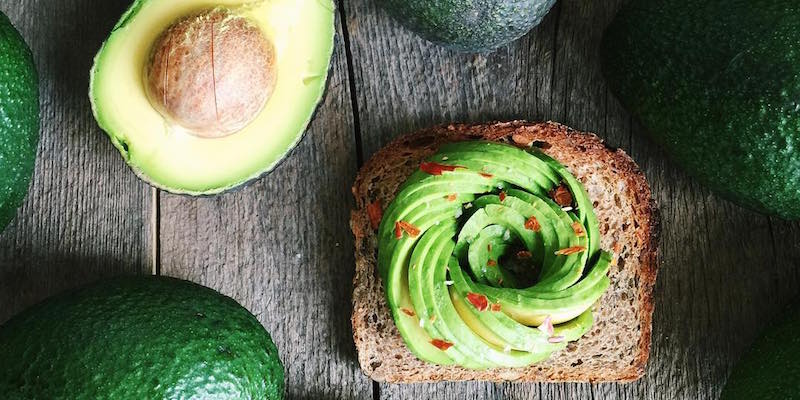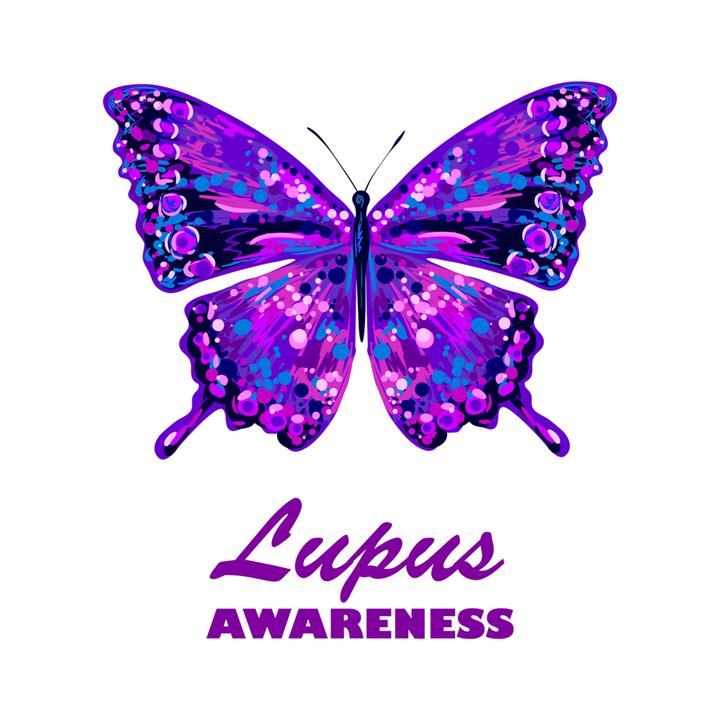Over five million people in the United States alone have psoriasis. Psoriasis is a non-transmittable disorder in which the body’s immune system attacks the skin causing all sorts of changes from hard scaly patches to sores and lesions. This surprisingly common problem can bring with it a number of tag-along disorders. One of the most common types of arthritis is psoriatic arthritis. One in three people who have psoriasis will also end up getting psoriatic arthritis as well. Psoriatic arthritis symptoms causes joints to turn bright red, swell up, feel warm to the touch, and be very stiff and painful. It can be so bad that fingers, toes and ankles can look like sausages. Nails also darken, turn pitted, or even drop off! Thankfully, choosing the right diet for psoriasis can help avoid contracting psoriatic arthritis. A good diet can also make the arthritis more manageable if it’s already there. There is alternative inflammatory arthritis treatment available, but dietary changes can also help with the condition! Here are 5 tips to consider:
Tip 1: Cut your cholesterol.
Cholesterol is a common compound found in red meat, fatty meats like bacon, eggs, and cheese. We need some in our diets to have healthy cells, however, most of us eat too much without thinking about it. Just one egg is almost an entire day’s worth of cholesterol! Eating excess cholesterol has been linked with joint swelling and pain. Even if it does not cause psoriatic arthritis immediately, the swelling caused by cholesterol can trigger psoriatic arthritis developing.
The two meals to be most careful about are breakfast and dinner. Many breakfast dishes contain eggs, cheese, bacon, and other cholesterol-laden foods. Try switching to oatmeal and fruit. Oatmeal is filling and has the bonus effect of lowering cholesterol in the blood. At dinner skip the bigger steak. A steak the size of a deck of playing cards counts as a full serving of meat. Switching to skinless chicken or baked fish can also help.

Source: Women’s Health
Tip 2: Cheese is bad, milk is good!
Yes, cheese is a fatty, cholesterol laden food. After all, cheese is basically milk fat, cholesterol, and proteins condensed down and slowly aged. Butter is just as bad as that is almost pure milk fat and cholesterol. Not all milk is bad, however. Recent studies even show that some kinds of arthritis like gout can actually be helped by drinking more milk on a regular basis. The secret is to make sure that you choose skim milk over all other dairy milk. Switching to non-dairy milk can also he helpful. Soy has been known to help lower cholesterol. Soy milk is fairly easy to find and works like milk in most dishes making it an easy switch. Just remember to use the unsweetened regular soy milk for cooking. The sweetened vanilla soy milk is better for drinking or pouring over cereal.

Source: Telegraph
Tip 3: Knock out the “bad” fats.
There are several kinds of fat in our foods. Some are healthy, but some can do more harm than good. Remember that fat by itself isn’t all bad. We need some fat in our diets to process vitamins and stay healthy. We don’t need much fat to be healthy, however, so shoot for less fat overall as well as healthier fats when possible.
Saturated fat is found in animal skins, meat, dairy with the fat left in, and eggs. Trans fats are most commonly veggie fats that have been “hydrogenated” to make them creamy, such as common vegetable lard. Besides having high cholesterol amounts, these fats also are super easy to overdo which makes them a serious risk for weight gain and joint strain. In the USA it is legal to say things with under one gram of these nasty fats per serving are “trans-fat free” or “saturated fat free”. The problem is that they really aren’t. Always read your food boxes before purchase. If it says “hydrogenated” anywhere in the ingredients, stay away!
Switch to unsaturated fats instead. Unsaturated fats found in veggies and nuts can help lower cholesterol. Switch your cooking oil to olive oil. Olive oil is mostly unsaturated fat which makes it ideal when you really need to cook with oil. Avocados are also good for healthy oils and can add some serious creaminess to your dishes. Also don’t forget about Omega-3 fats! Omega-3 fats are specialized fats found in nuts, seeds, and fish. Select nuts that are either raw or dry roasted without added salt or sugar. Oil roasted nuts can be cooked in unhealthy fat which defeats the purpose.

Source: Elite Daily
Tip 4: Eat less added sugar.
The body sees naturally occurring sugar and added sugar differently. Added sugar is typically processed from sugar cane, sugar beets, or brown rice. Read the label. If it ends in -ose, says it is a “syrup” or is “cane” related (ex: “Cane Crystals”), it’s sugar. This sort of sugar, even though tasty, can trigger inflammation of the body in general. This inflammation stresses the joints and can make you more susceptible to psoriatic arthritis. Added sugar can also lead to weight gain which also stresses the joints.
Naturally occurring sugar is often in lower amounts than added sugar. It tends not to trigger the inflammation processes that added sugar can. Also, the sugars are often accompanied by healthful things like vitamins and fiber. If you are still worried about sugar, focus on lower glycemic fruits like berries, cherries, peaches, figs, and apples. Some fruits like strawberries have even been known to help reduce inflammation!

Source: Directly Fitness
Tip 5: Enjoy More Antioxidants
If you have been following the other tips, this one will be a breeze. Besides being low in unhealthy fat, low in cholesterol, and high in vitamins, fruits and veggies are also a great source of antioxidants. Antioxidants are super useful as they reduce swelling, tenderness and stiffness from arthritis and can even help prevent psoriatic arthritis from cropping up to start with. Choose darker colored fruits and veggies when possible. Remember that it’s what inside that counts: don’t go off peel color, go off the color of the insides! Produce with darker insides like peaches and spinach will have more oomph than similar produce with lighter insides like apples or iceberg lettuce.

Source: Twitter
Psoriatic arthritis is an unpleasant and sadly common condition. Thankfully, it is also avoidable with a little care taken towards choosing a good psoriatic arthritis diet. By cutting out cholesterol, knocking out the bad fats, drinking healthy milk, avoiding added sugars and eating more dark-colored fruits and veggies you can improve your health. These healthy eating tips are even better when coupled with stretching, exercising, and generally getting up and being active. Don’t be afraid to experiment a little or to ask your doctor for even more ideas to improve upon this list. Living with less pain is worth making a few changes.
Other options to consider
Alternatively, if these diet tips do not prove effective and your condition does not improve or even worsens, consider other treatment for psoriatic arthritis. Medication is a frequented option with NSAIDs (Nonsteroidal Anti-Inflammatory Drugs) available over-the-counter, such as aspirin or ibuprofen, or by prescription. Disease-Modifying Anti-Rheumatic Drugs (DMARDs) can be used to further relieve symptoms and hinder the advancement of damage to the joints and tissues. Biologic drugs work similarly to DMARDs, but are saved for when the other treatments were ineffective and are either injected or given through an IV. Research has allowed for the development of a new medication that can be orally taken to relieve symptoms of psoriatic arthritis. Another option may be rheumatoid arthritis medication for joint pain, as it will relieve arthritis pain in general.
Featured Image Source: Thinkstock/Central IT Alliance



